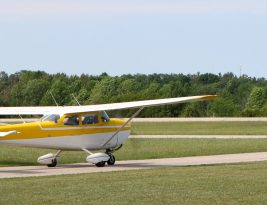Looking for the newest information on aircraft center of gravity (CG)? Check out the “Weight and Balance” section of ASA’s Private Pilot Oral Exam Guide. Or, the FAA’s Aircraft Weight and Balance Handbook, for their most recent take.
Happy New Year! After a
…

